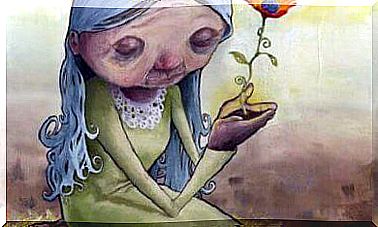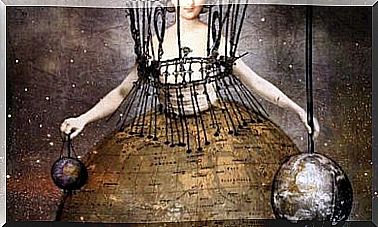Hypatia Of Alexandria, Between Science And Religion
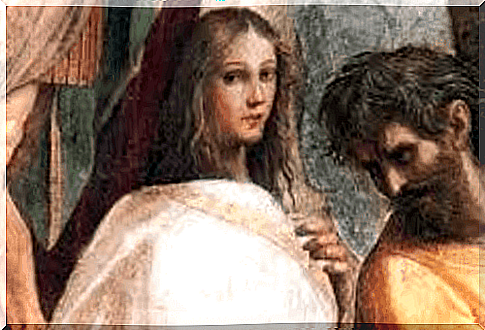
Hypatia of Alexandria was the first philosopher, mathematician and physicist whose existence there is reliable evidence. He was born in Egypt at the end of the 4th century AD He was a teacher and head of the Neoplatonic school of Alexandria in the first half of the 5th century AD He cultivated knowledge of some subjects such as geometry and logic and led an ascetic life, as established by the Neoplatonic precepts.
She was a teacher and educator of a selective school of aristocrats, Christians and pagans, who ended up occupying leading positions in Alexandrian society. Thus it was that he became a figure of great social influence, the target of the envy of many.
Among the scientific achievements of Hypatia of Alexandria , we find the first astrolabes, used to represent the position of the stars in the celestial vault. He invented the densimeter, an instrument used to determine the relative density of liquids without having to do complex mathematical calculations.
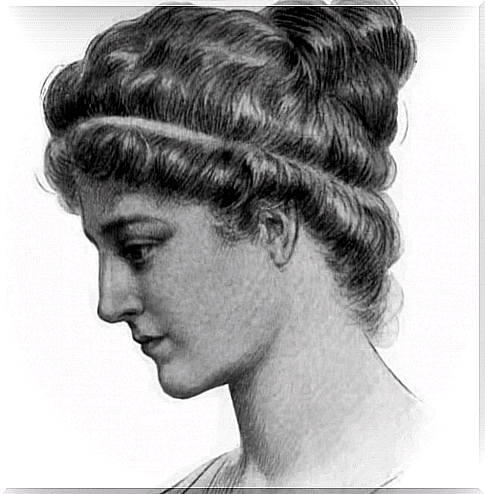
Christians and pagans, science and religion
Alexandria was the core of a bloody conflict between Christians and pagans. The greatest representative of Christianity, the patriarch Theophilus, intended to put an end to any non-Christian religious cult (paganism in any of its forms). On the other hand, the intellectual elite defended the supporters of paganism; all the philosophers who supported paganism had to leave Alexandria to save their lives.
Hypatia, however, believed that it was necessary to keep philosophy, science and mathematics out of political-religious disputes, and she continued to teach as if none of this touched her. In fact, until then, no one had bothered her yet, perhaps thanks to her neutral stance on the subject.
But when the relentless patriarch Theophilus succeeded Cyril, the persecution against all that was not Christian increased. At this point, Hypatia could no longer remain out of the dispute and sided with Orestes, the imperial delegate whose role was to apply the force and order of the state. After all, Hypatia felt represented by tradition, by the Aristotelian Greek polis in which religion is only a part of politics and not the other way around. His idea was that religious authority should be subordinated to politics and the well-being of citizens and not the other way around.
Until then Hypatia, teaching the classes of the Alexandrian elite, composed of pagans and Christians together, also had the opportunity to verify that Christianity was compatible with other philosophical and religious ideas. There are sources that speak of the admiration towards her by people of all sectors and classes, or rather almost everyone, since there was a sect of Christian fanatics who did not want her in the city; On the other hand, its influence reached the lower strata in a much weaker way than religion.
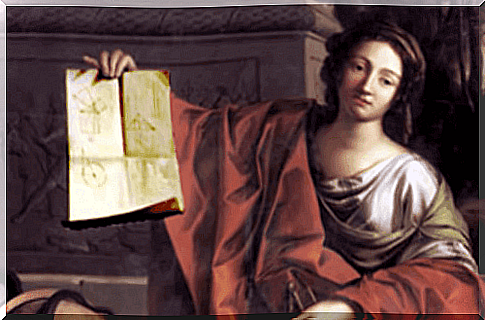
Hypatia of Alexandria, “pagan” and “witch”
Hypatia was known by Christians as “the pagan”. It was not difficult to spread gossip about this scientist’s alleged witchcraft. To the illiterate, mathematical signs looked like invocations to the devil, and astronomy was easy to confuse with astrology. Suddenly, Hypatia of Alexandria became a witch.
One day in March of the year 415, during Lent, Hypatia went home in her litter. Suddenly, a crowd attacked her, pulled her off the litter and carried her to the Cesareo church. It is here that Hypatia will be flayed alive with pieces of earthenware that in a fury the crowd tears from the walls. Finally, they will burn the remains in a bonfire.
A clearly religious, political and philosophical murder: philosophical because Hypatia defended dialogue and reason from fanatical faith. Political because he believed that religion should be subordinated to politics and religious because Hypatia of Alexandria was perhaps the most painful representation of the cultural struggle between paganism and Christianity.








